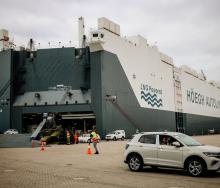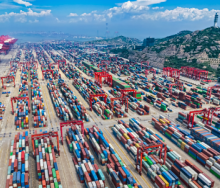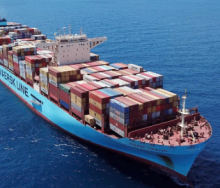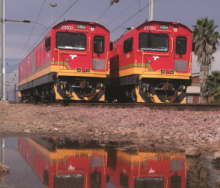The removal of the final piece of a span of Baltimore's Francis Scott Key Bridge has delayed the full opening of the navigation channel.
This is according to the federal unified command that is managing the restoration of the waterway, which has allowed for only limited access to vessels since 20 May, after the collapse of the bridge.
Commercial vessels have been able to sail through a section of the channel measuring 50 feet deep and 400 feet wide, the typical control depth of the channel, allowing usual vessel traffic to traverse the gap.
The container vessel Dali, which crashed into the bridge, has been refloated and removed, but the channel is still narrower than before the collapse. This is because there is still one section of the bridge span embedded in mud, below water.
The US Army Corps of Engineers (USACE), the Navy Supervisor of Diving and Salvage, and commercial contractors are still digging, cutting and hauling the steel span to remove it from the channel, according to Maritime Executive.
“We are not taking our foot off the gas. We are pushing forward as quickly and safely as possible to reach 700 feet and ensuring we remove all wreckage to prevent any impact to future navigation,” said USACE Baltimore District commander, Colonel Estee Pinchasin.
The team has yet to cut the bottom chord of the last truss section into three pieces before it can be lifted out of the riverbed with a giant crane.
“This effort is more complex than initially estimated,” Pinchasin said.
His team calculates that the work will take from 8 to 10 June to complete due to the difficulty of the task and the need to comply with strict safety requirements.













